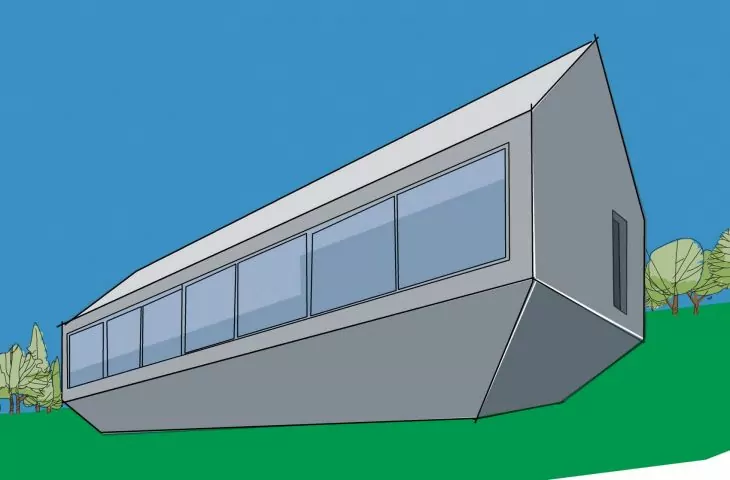An exhibition devoted to the contemporary architecture of Upper Silesia will open today, May 19, at the Gallery of the Polish Institute in Vienna p_art - "Local. Original. Award-winning. Ambitious Silesian Architecture."
Most Polish cities have lived to see new buildings of which they can be proud over the past two almost decades. However, looking at the map, it's easy to see that a particularly high density of interesting, original, award-winning architectural developments has been created in Upper Silesia. This region has long been lucky to have good architecture: its strength, significance and value were recognized here as early as the 19th century, and since then it has been consistently and consciously used not only as an element of development, but also as a tool for building local identity. The fact that the quality of newly built buildings in Upper Silesia has always been given importance, has become a valuable foundation for today's new buildings - today architects are eager to draw on this heritage, writes Anna Cymer.
Silesian buildings, Anna Cymer notes, regardless of their size or function, are united by a strong relationship with their surroundings and respect for the post-industrial identity of the region. Thus, the exhibition will feature presentations of the International Congress Center, designed by JEMS Architects, which makes up Katowice's Culture Zone, the Silesian Museum by Austrian firm Riegler Riewe Architekten and the building of the National Polish Radio Symphony Orchestra in Katowice designed by Konior Studio; the award-winning Department of Radio and Television at the University of Silesia inKatowice by Barcelona's BAAS studio, Warsaw's Grupa 5 and Katowice's Małeccy Biuro Projektowe studio; two buildings designed by Robert Konieczny and KWK Promes - the Ark in Brenna and Unikato; the Museum of Fire inŻory by OVO Grąbczewscy Architekci; TechPark Kanlux in Radzionków by medusa group; Local Activity Center in Rybnik by MWArchitekci studio; and Activity Zone in Chorzów by SLAS architekci designers.
The exhibition will be available until September 9 this year. Detailed information can be found on the website of the Polish Institute in Vienna, and you can read more about the architecture of Upper Silesia in the dedicated issue of A&B 6/2019.

















